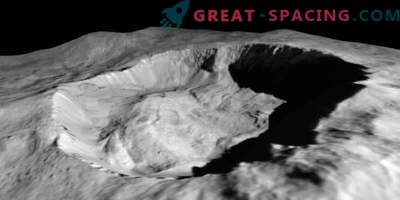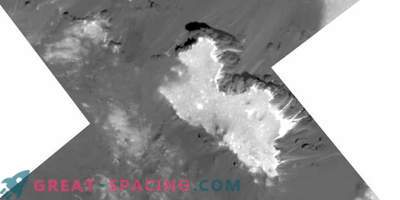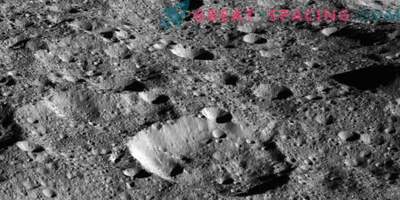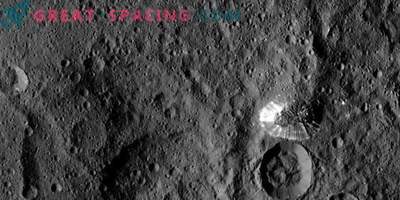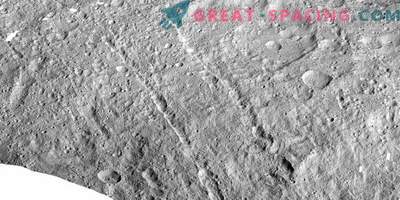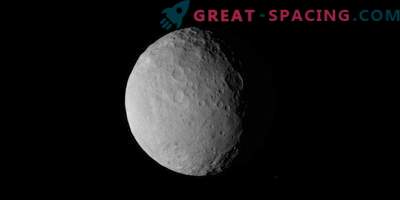
This is a mosaic of the “Cerealia fakuly” in the Ockrator crater, based on images taken by NASA Dawn spacecraft in the second expanded mission at a distance of 34 km
NASA's Dawn spacecraft is preparing to complete its groundbreaking 11-year mission, including two successful extended missions in Ceres. Within a few months, the ship will run out of fuel, allowing it to power the engines, maintain orientation and communication with the Earth. When this happens (August-October), the device will stop working, but will continue to move in orbit around the dwarf planet Ceres.
Dawn is the only spacecraft rotating in orbit around two far space directions. He allowed a close look at Ceres and Vesta (the largest bodies between Mars and Jupiter). For 14 months (2011-2012), the device was in Vesta orbit, studying its surface and core. Then he made an unprecedented maneuver, left the orbit and, flying through the main asteroid belt (over 2 years), reached the orbit of Ceres (from 2015).
On Ceres, the ship found brilliant salt deposits. For the most part it is sodium carbonate and ammonium chloride, which somehow made their way to the surface from the inside or from under the bark. Dawn used ion engines, which allowed us to consider the endurance of the system. Every week the ship continues to send new images, obtained at a distance of only 35 km.

A large snapshot of the “Vakaliy fakuly” in the Occrator crater, obtained by NASA's Dawn spacecraft during the second extended mission at a distance of 34 km
Dawn's mission is coming to an end, but research continues. In addition to high-resolution images, the device collects the spectra of gamma radiation and neutrons, IR and visible spectra, as well as information about gravity. The observations are centered around the Occrator and Urvara craters, which should help to understand the evolution of Ceres and test possible current geology.
Most likely, the unique surface of Ceres is formed by blows into its cortex, which leads to complex geology. The first results point to connections between bright and dark materials at the bottom of Occrator, showing impact processes, landslides and cryovolcanoes. Scientists also use new high-resolution data to test and refine the hypotheses of the formation and evolution of Occrator.
New images confirm the idea that the irradiation of the subsurface material in this area continues and it acts as a geological active, feeding on a deep reservoir. The spectrometer should provide updated maps showing the distribution of ground materials on the surface.





